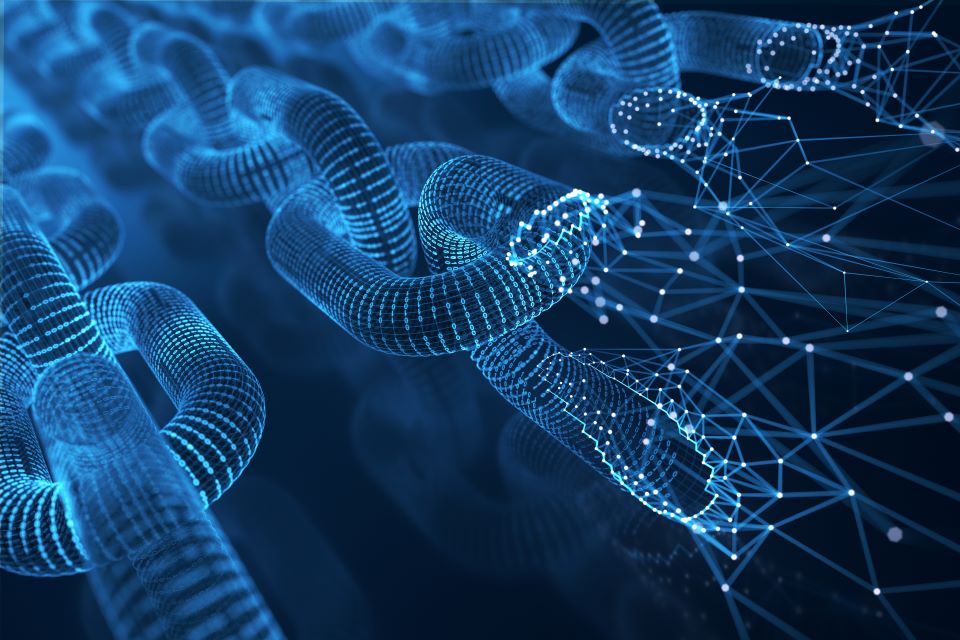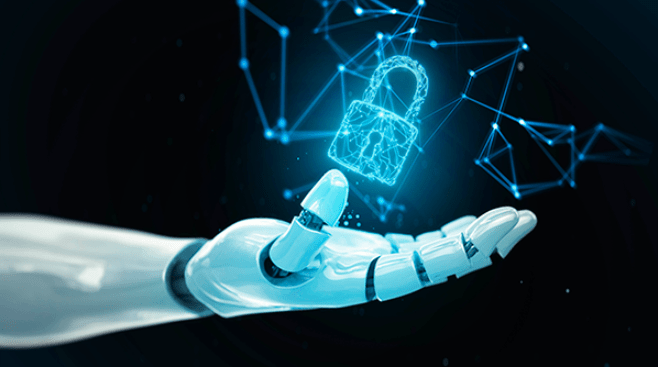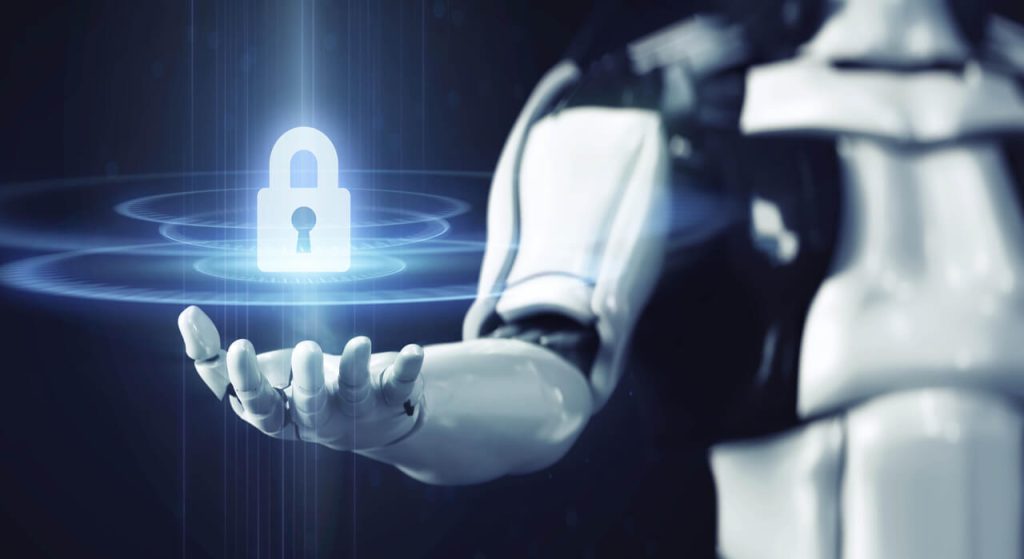Various technologies were developed to drive mass production and economic progress.
Technology has always been a key factor in any industrial revolution that has taken place over the last centuries.
Historians called “Industrial Revolution” to the set of processes that starting in the 18th century, replaced artisan tools with machines, and motor energy instead of human energy, transforming industrial production and transportation means for good; as well changing labor relationships, and consolidating the Capitalism formation process.
First Industrial Revolution
First Industrial Revolution was driven by the steam engine, invented by Thomas Newcomen in 1712, and improved by James Watt in 1765. This technology allowed automation and increased productivity of the manufacturing process, back then, using coal as fuel. With the creation of the locomotive and the railways in the 1830s, the realm of land gave way to industrial realm, making England the great world power of the 19th century.
Second Industrial Revolution
Electricity was the basic technology of the Second Industrial Revolution, which began at the end of the 19th century. With the invention of the electric bulb, by Benjamin Franklin, and Michael Faraday’s electric motor -later improved by Nikola Tesla-, consumer goods mass production became possible thanks to the assembly line concept. This breakthrough revolutionized life in cities, food packaging, transportation, and various applications present in our daily lives. Hydroelectric power emerged later on, as the first sustainable alternative to replace fossil fuels.
Third Industrial Revolution
The Third Industrial Revolution began in the 1950s, with the development of semiconductors and computer systems. These technologies enabled the development of dozens of devices that make up the “electronic world”, revolutionizing society in its transition to the new millennium through the rapid evolution of information technology (IT) and fiberoptic and satellite telecommunications. We highlight the emergence of the Internet and mobile telephony as the most revolutionary creations of this period, used in industry, commerce, service provision, and entertainment.

Fourth Industrial Revolution
The Fourth Industrial Revolution, as defined by Klaus Schwab, an engineer and economist and founder of the World Economic Forum, began in the 2010s. Unlike the previous ones, this industrial revolution is not defined by a set of emerging technologies per se, but rather represents the transition to new systems built on the digital revolution infrastructure, but with speed, global reach and highly superior impacts for the entire society.
As a result thereof, a three-dimension technological megatrend emerged, categorized as:
– Physical: autonomous vehicles; 3D printing, advanced robotics, and new materials;
– Digital: IoT (Internet of Things), Blockchain, Big Data and Artificial Intelligence;
– Biological: genome editing, synthetic biology, bioprinting and nanotechnology.
These technological trends are increasingly interconnected and feed off each other. In the Health industry, for example, we find the greatest synergies between these trends, with the use of telemedicine, diagnostic and test equipment, interconnected with databases for information storage. Precision medicine is one of the greatest revolutions in the Health industry, the result of combining the practical concept of “Big Data” with Blockchain technology, which ensures high quality of information, security and data privacy for the diagnosis and individual medical treatment of each patient.
Financial Industry
In the financial industry, new robotics consulting algorithms (Robo Advisory) are reducing costs and removing entry barriers with Fintechs. Banks are using new technologies to offer more accessible products, risk analysis for investments through data mining (transactional data analysis algorithms from databases with information capacity) and on Artificial Intelligence and IoT-based services.
Privacy is a significant aspect now. While in the Third Industrial Revolution humanity took advantage of technology to state its freedom of speech and facilitated the exposure of intimate life on social networks, in the Fourth Industrial Revolution security of personal data and confidential information of governments and companies became increasingly important to guarantee privacy of individuals, cybercrime prevention, and electronic transactions security.
We now live in an increasingly connected world, with infinite technological possibilities, which are transforming our way of living. In tune with the demands of the 4th Industrial Revolution, Cirion offers their customers intensive data use operations, low latency (<5ms) and security, through Edge Computing processing. Our platform is ideal for applications in Virtual or Augmented Reality, IoT, electronic transactions and robotics for retail. In addition, it provides support for new “tactile Internet” services that enable human-to-machine interaction through immediate tactile sensations, with applications in the areas of Health, Education, and Electronic games.
With an extensive network of more than 86 thousand kilometers of fiber optics in Latin America, 11,800 on-net buildings and 18 owned data centers, Cirion offers their services by enabling easy access to cloud applications (Cloud Computing), such as Big Data analysis, disaster recovery, SaaS (Software as a Service), among others, in addition to a variety of unified collaboration services.
We can affirm that the 4th Industrial Revolution is a “techno-socio-economic” revolution, given the breadth of the impact these emerging technologies will have on society. They will change people’s consumption and life habits, in addition to bringing significant transformations for the future of work, companies and organizations of the 21st century.

Author:
Durval Carvalho Avila Jacintho
Durval Jacintho, MSc, PMP, CCI, has been working in the telecommunications market for 35 years, with management positions in companies such as Impsat, AT&T Tridom, Comsat, Villares and Icatel. He was Customers Operations VP for over 20 years in Cirion (formerly Lumen LATAM) until 2022, when he left the company. Today he is a Technology consultant.









